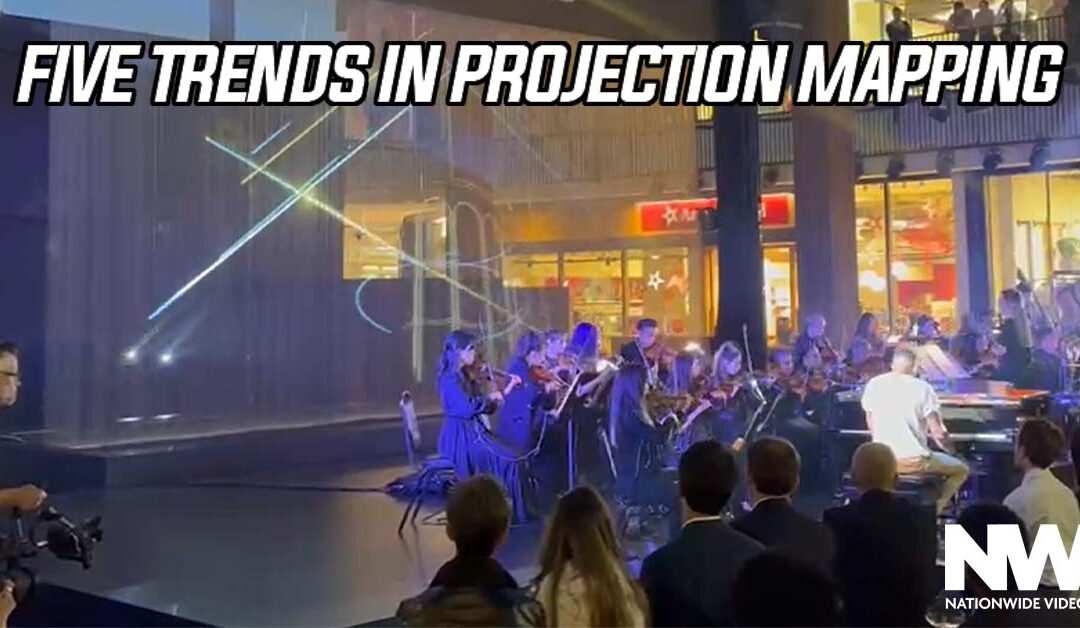Projection mapping has transformed the way we experience visual content, taking ordinary objects and turning them into immersive displays of art, entertainment, and storytelling. Over the years, this innovative technique has seen significant advancements and sparked a wave of creativity across various industries.
- Interactive Projection Mapping: One of the most remarkable trends in projection mapping is the integration of interactivity. Artists and designers are now creating installations that allow audiences to actively engage with the projected content. Through the use of motion sensors, touch interfaces, or even facial recognition technology, viewers can influence the visuals, altering the narrative or triggering dynamic effects. This interactivity adds a new level of immersion and participation, bridging the gap between the audience and the artwork.
- Projection Mapping on Unconventional Surfaces: Projection mapping is no longer confined to flat screens or traditional architecture. Artists are exploring unconventional surfaces such as sculptures, vehicles, and even human bodies, pushing the boundaries of creativity. By projecting onto irregular shapes and structures, the visual content seamlessly blends with the object, transforming it into a living canvas. This trend opens up endless possibilities for unique and unexpected experiences in the realms of art, advertising, and live performances like the recent Jaeger LeCoultre Reverso performance in Los Angeles.
- Miniature Projection Mapping: While large-scale projection mapping continues to awe audiences, a new trend has emerged in the form of miniature projection mapping. By utilizing smaller projectors and precise mapping techniques, artists are transforming everyday objects, such as jewelry, toys, or even food, into captivating visual displays. Miniature projection mapping allows for more intimate and portable experiences, creating a sense of wonder and magic on a smaller scale.
- Real-time Projection Mapping: Traditionally, projection mapping involved pre-rendered content meticulously mapped to a physical space. However, the rise of real-time rendering technology has revolutionized the industry. Real-time projection mapping enables artists to generate dynamic visuals in response to live inputs, such as music, movement, or data. This trend empowers creators to improvise and adapt their projections on the fly, providing a more immersive and interactive experience for the audience.
- Augmented Reality (AR) Projection Mapping: With the rapid advancements in augmented reality technology, projection mapping has found a new dimension. AR projection mapping merges virtual elements with the physical world, creating a seamless blend of real and digital content. By utilizing devices like smartphones or AR glasses, users can experience interactive and immersive virtual overlays projected onto their surroundings. This trend holds enormous potential for various applications, including advertising, gaming, and educational experiences.
The projection mapping industry continues to push the boundaries of creativity, giving life to exciting trends that captivate audiences worldwide. From interactive installations to unconventional surfaces, and from miniature projections to real-time rendering and augmented reality, the possibilities are expanding at an astonishing rate. Nationwide Video is proud to provide all the gear necessary to execute beautiful works of art through the medium of projection mapping. Through Nationwide’s training branch, Nationwide University, anyone currently in the industry or looking to get into the industry can take courses that will help them develop their skillset in projection and other creative mediums. Courses are available for enrollment: https://nationwidevideo.com/training/

